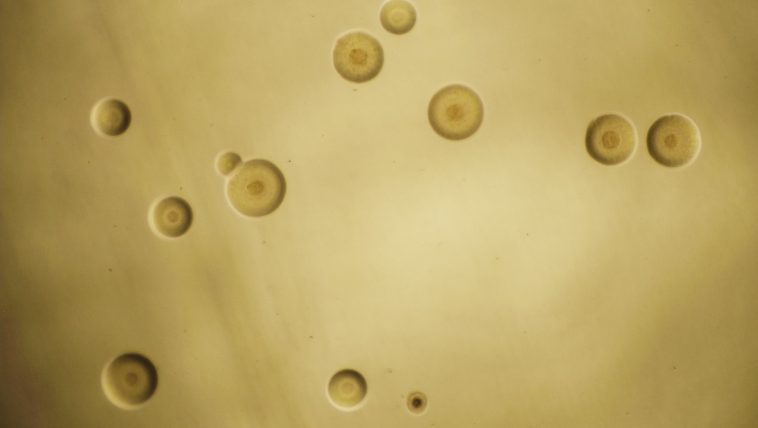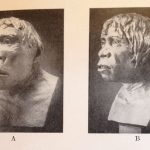[Originally published as An Artificial Self-Replicating Cell? Nope!]
Recently a new, highly remarkable claim has been circulating that researchers have created the first artificial self-replicating cell. If true, this would represent a significant step towards the production of artificial life, potentially removing a stumbling block from a potential abiogenesis [life from non-life] hypothesis.
However, as usual, the headlines are completely misleading.
This research is hardly new. Craig Venter and his colleagues did something similar a few years ago and similar claims were made at the time. However, Venter’s self-replicating cells did not actually self-replicate, at least not correctly. Instead, they produced malformed cells that would not have survived very long in the prebiotic world, and could not represent a precursor to life. Other scientists have built on Venter’s work, however, and the current iteration can self-replicate correctly.
Checkmate theists right? Not so fast.
It turns out, there is a detail I left out that will change how you view this experiment. The pop-sci writers know that this detail will change your perception, so it’s not generally mentioned until several paragraphs into the article.
The researchers did not build a whole new cell
In fact, they didn’t build any new cellular feature at all. Instead, they used an existing cell.
Using specialized technology, they pulled the DNA code for the cell out of the nucleus and replaced it with a stripped-down, synthesized code. The stripped-down code allowed the cell to replicate properly.
The key point to notice here is that the researchers did not create a new cell. In fact, they didn’t create anything completely new.
They synthesized new DNA, yes, but they created no new genes and no new information.
All they did was remove genes that were not essential to living and self-replicating cells and put the remaining DNA sequence back into the cell. They didn’t make new mitochondria, new ribosomes, new proteins…nothing. They only added a much-reduced strand of DNA directly copied from the existing DNA.
This is no mean feat, but they made nothing new.
An Automotive Analogy
In case this is a little unclear for you, let me borrow an illustration from Dr. James Tour. This is not word for word, but the illustration is his. This is like taking a Corvette, opening up the hood, and taking out the control chip that runs the computers, and taking it into the lab. In the lab, you could then duplicate the control chip, and take the duplicated chip back to the Corvette, and put it back in place.
All of this is good science until you point to the Corvette and tell people “I made that Corvette.” That is exactly how the research is being presented. As Tour says, they didn’t make a cell, they “… just made a cell worse!”
Unfortunately, this is the common way that almost everything coming out of the origin of life community. They bury the lead, often several paragraphs deep in the article.
This is also true of the stuff that comes out of the evolutionary biology community. The public is told that something amazing has happened in the headline and opening paragraphs. At that point, many people stop reading, assuming that the rest of the article simply backs up what they have already seen. However, six paragraphs in, the article will often tell the truth about what actually happened in the study.
The general public, having already stopped reading, will walk away with a false impression of what happened.
What You Can Do
For those interested in science at the layman level, there are a couple of things you can do to deal with this as the pop-sci articles are unlikely to start being open and forthright about what is actually going on.
- First of all, read the whole article and do not trust headlines.
- Second, look up unfamiliar terms.
- Third, ask good questions.
- Do not assume that the pop-sci report is unbiased or even truthful. Be skeptical.
- Look things up and check them out for yourself.
This may sound like work, but knowing the truth does take work. If you want to understand what is really going on, it is going to take some time and application, but it can be done.







